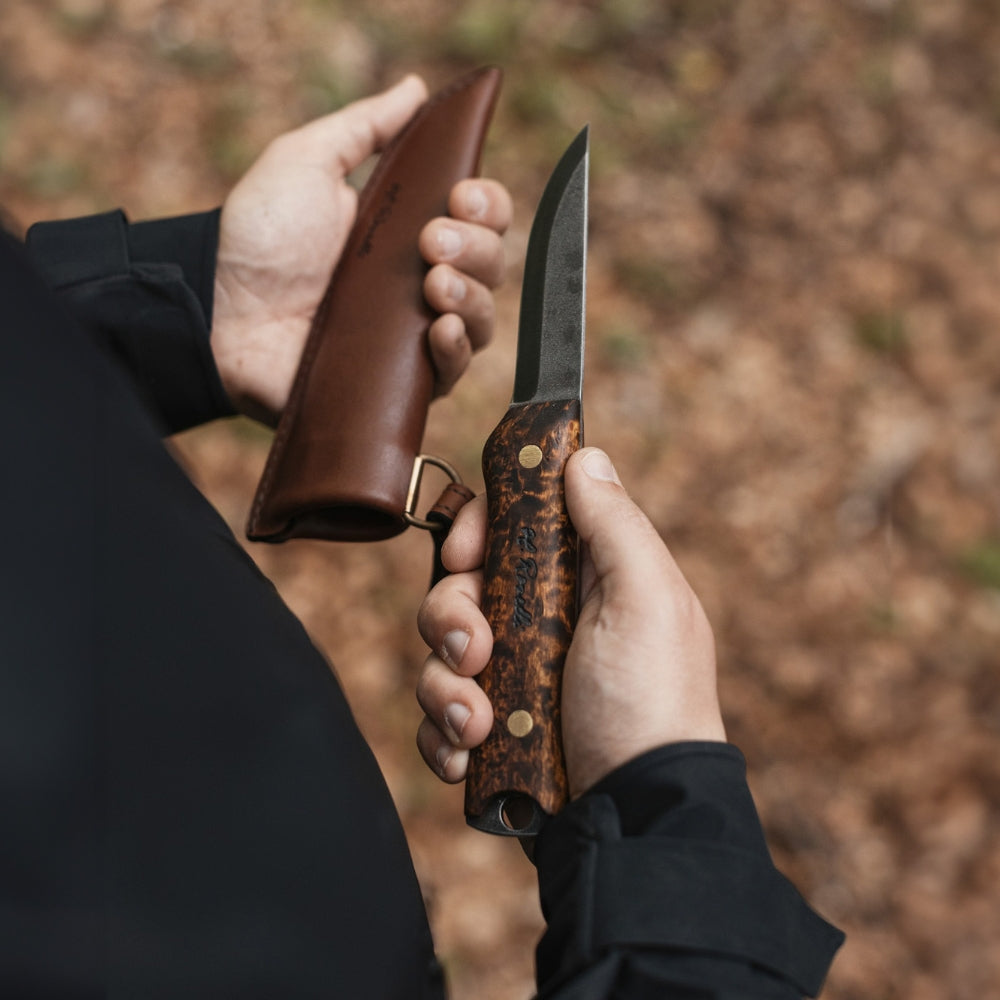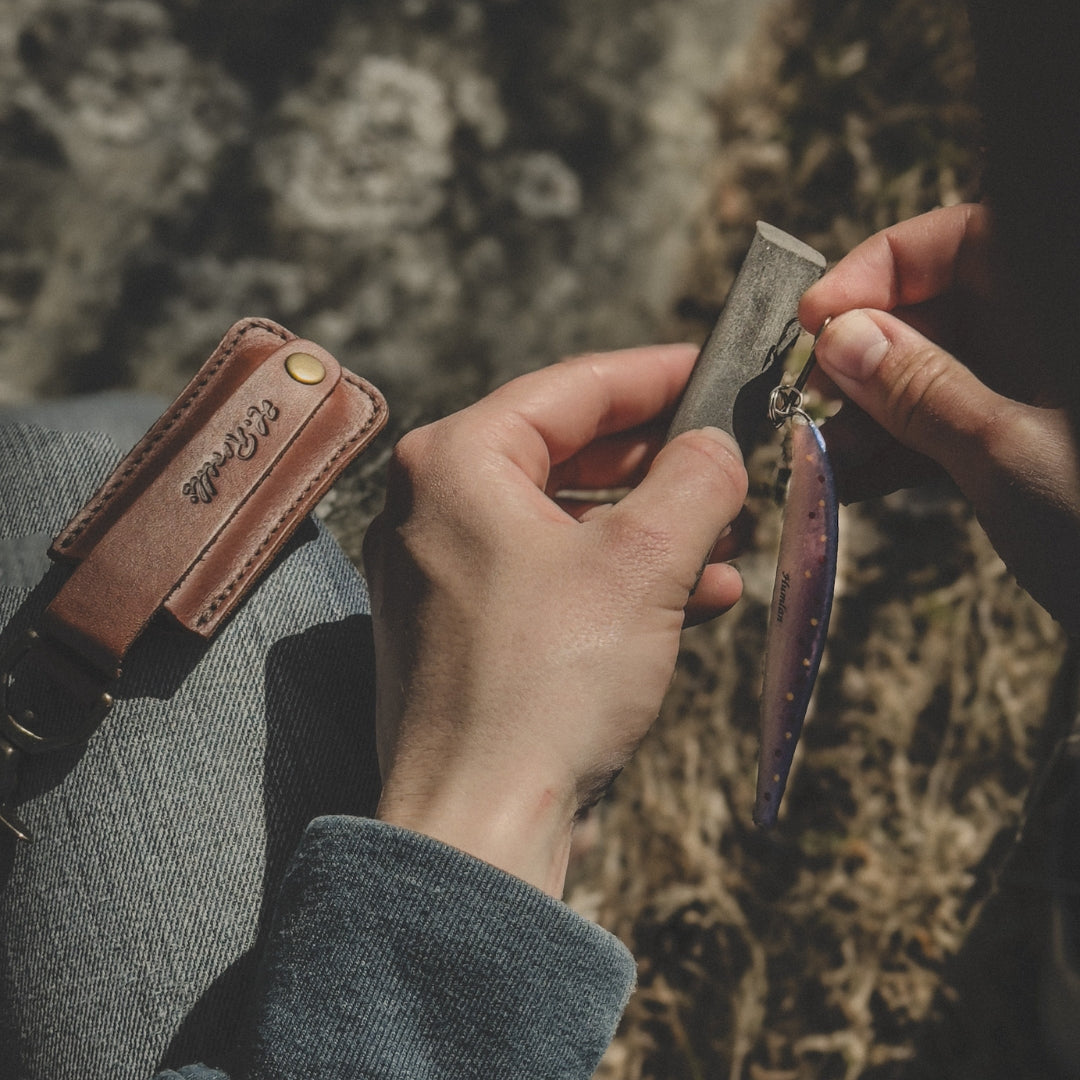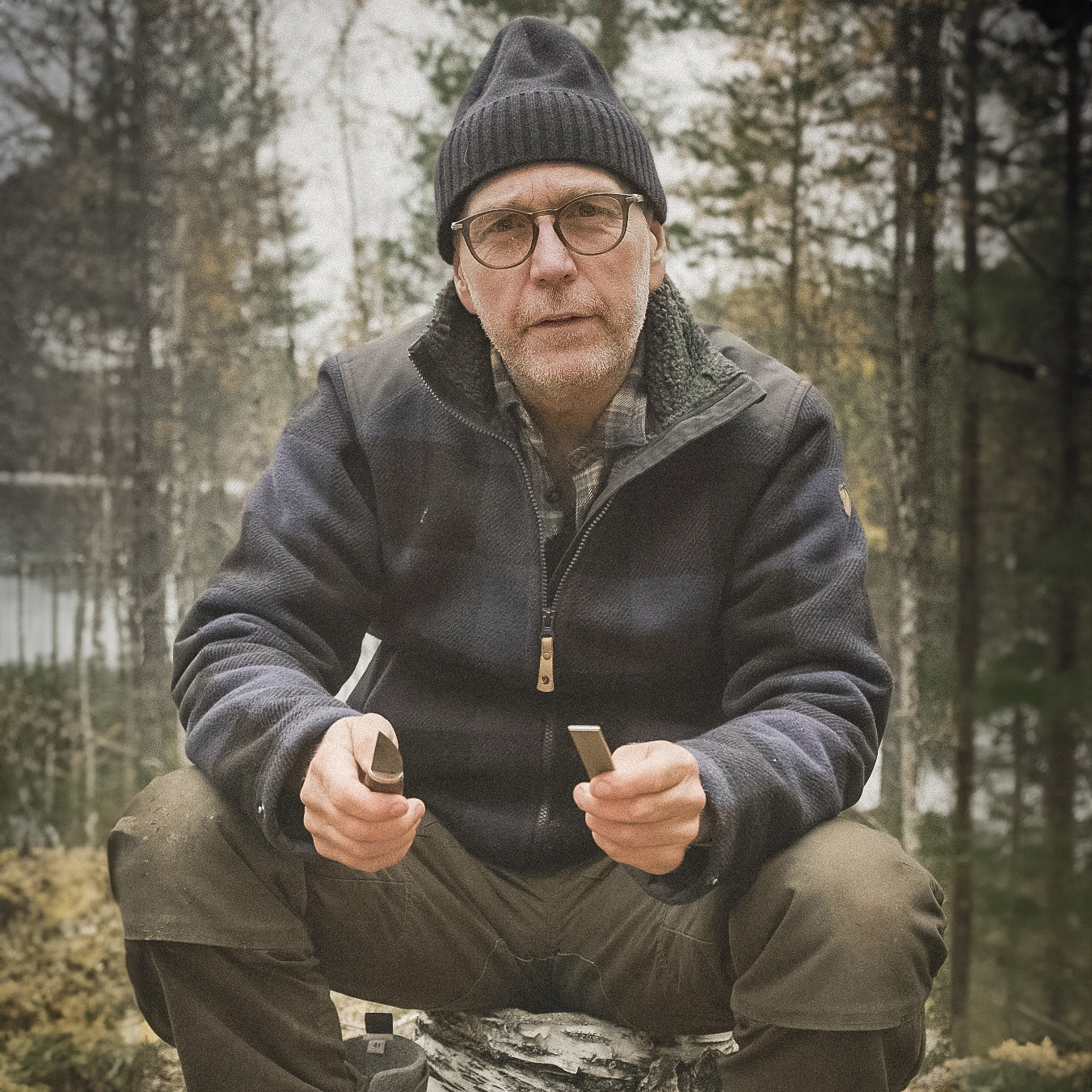From time to time, customers return to us with a knife that has been damaged to the edge or tip. Although this happens very rarely, we feel that it is important to inform you about how to use your different knives and what the difference is between different types of steel. In this blog post, we will therefore explain the difference between soft and hard steel and the different characters in each steel. We also explain what chipping is and how you can easily fix a chipping on your own.

Soft vs hard steel: what is chipping?
What Is the Difference Between Soft and Hard Steel?
When measuring a blade to find out its hardness, you measure with a durometer and the result is stated in the unit HRC (Rockwell). Good knives have between 55 and 65 HRC, so even small differences in HRC can mean a big difference in hardness. This does not necessarily mean that a soft blade is worse than a knife with a high HRC. It all depends on what characteristics you are looking for in a knife. A soft blade with 54 HRC is easier to grind. The grinding angle is usually around 25 degrees and you do not have to worry about doing it perfectly, thanks to the soft edge, it is easy to reshape the grinding angle until the knife is sharp. The final sharpness of a knife with low HRC rarely becomes as sharp as a knife with high HRC, and the edge does not keep its sharpness for as long.
Soft steel — our standard carbon steel
This steel contains about 0.8% carbon, is what we call soft steel in this blog post because it contains a lower proportion of carbon content than our harder UHC steel (Ultra High Carbon). For example, if you chop a soft blade into a rock, plastic deformation will occur, which means that the steel chooses to dent and react by being deformed when it is subjected to resistance that is too brutal to the knife's egg.
Hard steel — our UHC steel
Our UHC steel (Ultra High Carbon) contains about 1.8 - 2.0% carbon and is what we call hard steel. Roselli's UHC steel is considered to be one of the toughest steel grades in the world and these blades measure around 62-63 HRC. This strength enables extreme sharpness and an edge that stays sharp for a very long time, even longer than any other traditional carbon steel blade.
You can watch our video below to see how deformation and chipping occur
Which steel should I choose?
All knives have different uses to serve. If you are more used to exposing your knife to more resistance and believe that the sharpness of the knife is not so significant, we recommend that you choose one of Roselli's standard carbon steel knives with softer blades. If you want a sharp knife that stays sharp for a long time but requires a little care and caution, you should definitely not miss owning one of Roselli's UHC steel knives (Ultra High Carbon Steel).






